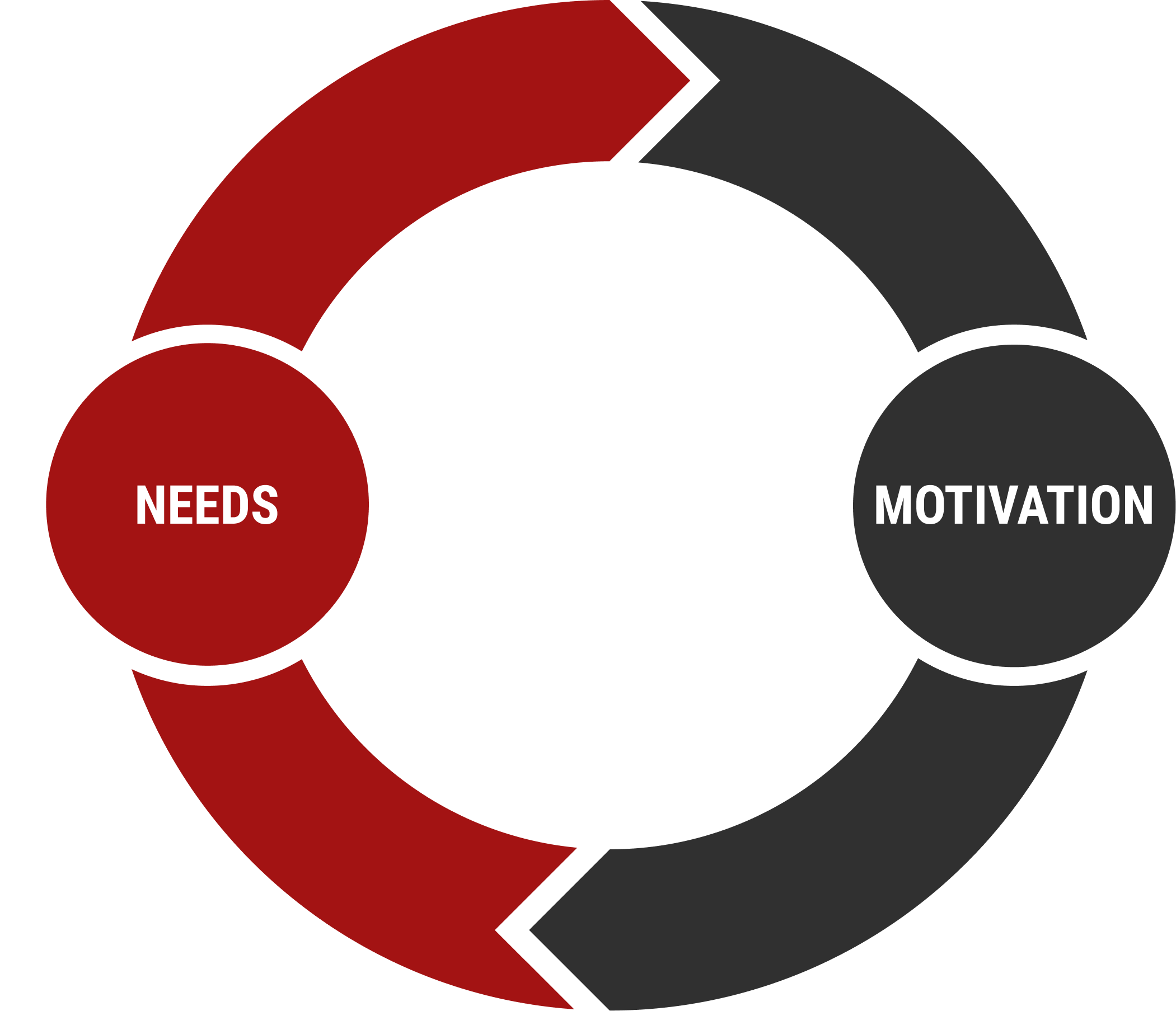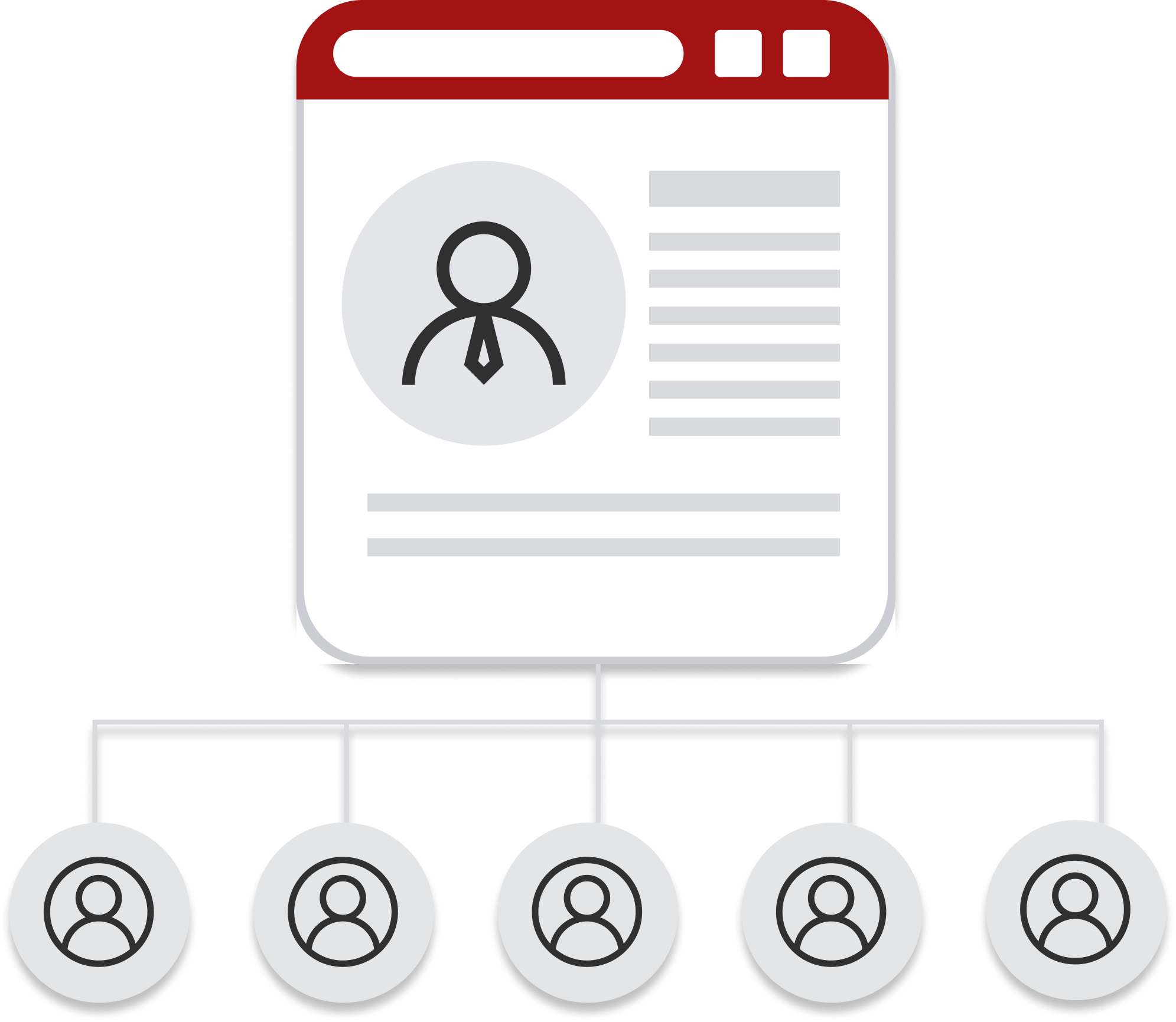Your solution has the potential to meet your users’ needs, but most businesses fail to shape their idea according to market trends and specifications. Even a great idea can touch rock bottom if it is not thoroughly researched and excellently framed.
Achieving a Product/Market Fit is the dream of every SaaS founder when their audiences are willing to pay, spreading positive word of mouth and opening the doors for success and growth.
An exceptional product that fits in the market has the ability to lead the market and outcompete already existing rivals.
Constructed around empirical findings but is an abstract concept unless your P/M Fit hits the market.
Measuring metrics can help you to be sure that you are moving in the right direction:
- When you are testing your product with its potential users, are they displaying an understanding of the unique value proposition your product is offering?
- What is the customer retention rate?
- Do they indicate a desire to switch to your product?
The better you connect with your users, the deeper insight you can develop into your value hypothesis.
Be ready for months of hard work and patience; achieving a Product/Market Fit is not a cakewalk!
It is a continuous process; just when you think it is time to wrap up, something pops up that is simply too consequential to disregard.
You might have an idea of funding for your P/M Fit, but it is much more than that! It sets the roadmap for the future development of your product and business model. So, be cautious. You are sowing the seeds of your sustainability and growth.
You have to find your smart ways, but you can be inspired by the companies that succeeded and follow in their footsteps. We will walk you through the tried and true strategies that can help you achieve Product/Market Fit:
7 Smart Ways
1. Research Your Target Market
You must research the market you want to break into – knowing whether it is worthwhile to bring your idea to life or what your competitors are doing goes beyond that. You must understand the depth of:
Customers
What are their needs and preferences?
What are their inclinations and motivations?
What influences their purchase behavior?
Competition
What are the products?
What are the opportunities for you?
Let’s understand it better!
The people for whom you are building the product will decide your success. Empathize with them to understand their pain points and bring a solution to all they need.
It comprises extensive details of their life, age, occupation, income, expenses, family, likes and dislikes, challenges, and more.
It not only includes – what they need. But also the features that complement their needs and preferences.
For example, Gmail, a web-native app, to send and receive emails. The most popular email client, why do most people browse Gmail? Simply because it provides what they need and the features they would want to have – it may be signature, vacation reply, automatic replies, and many more offerings!
Be specific to users’ demands, and play on unique selling points. It includes, “Does your product satisfy the market? “Which feature effectively fixes users’ pain points?”
Their motivation to use your product is to satisfy their needs, and the successful accomplishment of their needs motivates them to come back!

The better you add value to your users’ lives, the better are the chances for you to thrive.
To achieve that you must understand users’ needs and crack down their purchasing behavior, you can create a buyer persona, visualize your potential users, create a profile, attach a photo, and include demographic and psychological information to build a solution tailored to their demands.

Do loads and tons of research – personalize your users, connect with them, and once you have genuinely grasped your audience and set out to deliver what they think is the best for them, it will surely add value to their lives.
You Must Know What Your Competitors Are Doing
Of course, you have a unique value proposition, but products must be similar to your offering.
So, what are they? Which ones are dominating the market, and how? Also, which ones, and why, failed to meet user expectations?
Learn what to do, what not to do, and how to become better.
Use your rival products and examine what right they are doing and where they can improve.
Their improvement areas can be your opportunities.
Introduce improved features and functionality; improvement always means making it simpler and seamless!
2. Keep It Simple
Great features, solving a particular problem but offering too much, it’s a big no-no!
Your users want a solution to simplify things for them. They would not entertain complexity.
Recently, Netflix, a popular video streaming service, discontinued its “Surprise Me” option, claiming that users already know and choose what they want to watch next. The feature failed to gain traction with users. Thus it was eliminated.
We are trying to make the point the feature that does not add value to your users’ life may look fancy, but users always prefer simpler sophisticated features.
You can keep evolving as the change is constant in the digital world but emphasize the core value of your solution.
That doesn’t imply putting constraints on innovation; always be open to out of the box thinking. Avoid confusion!
3. Use Your Product
Before you begin in the market with the core features to validate your offering, you make sure things from your end, not just finding bugs and ensuring smooth functionality; it is a step ahead of testing and iterations.
You can be the biggest fan of your product, but to explore, adopt a user rather than an owner mentality and act impartially.
Use your product in and out thoroughly, and pay attention to what you like and what annoys you.
You know everything about your product, but consider whether it would have been simple and enticing for you to use if you had yet to learn about its features.
Keep on comparing with your competitors. Would you switch to your product?
Decide on giving it some time and conducting daily analyses. Will it make users love it as much as you do, or will there still be room for improvement?
4. Start Selling
There might be a significant segment wanting to use your product and only a small segment willing to pay for your solution; those are your actual customers.
You can talk to your potential customers, assess their interests and needs, and learn how much they will pay.
When you get into selling, you know how different things can be and what influences the purchasing behavior of your customers; you develop an understanding of the market and rethink your approach to development and marketing.
Like Grammarly, you can begin with a free offering to your core value but the total value delivery at a particular cost, see if you successfully gather the customers, or the approach should be revised.
5. Listen To Your Customers
They are the people who make the market, and they decide what wins and fails. They set trends and determine fortunes, so you must listen to them! What is their feedback? What insights do they have to share? They can tell you…
But I would prefer…
It could be better if…
I liked…
It really annoyed me…
Some of them will share the solutions as well. Positive feedback signals that you are good to go, and negative feedback can prevent you from falling down the hill.
Feedback is essential, but you do not have to act on every input you receive. Decide what you should implement and trust your work while being open to feedback is what we suggest!
6. Set A Strong But Flexible Foundation
Whatever you have decided, it’s fantastic! But guys, you will have to make a lot of changes, really a lot!
It’s fun! You will be exploring something new at every stage. Just follow an agile development process.
It may happen when you think your product is finally ready to take off to heights, only to realize you need to go back and make a few adjustments or iterations.
Furthermore, considering your vision for scaling and growth, you must adhere to an agile approach to running your business – a robust technical foundation, onboarding staff, and framing marketing strategies; flexibility eases the way with no halt.
7. Go Slow
What’s your goal? Sustain your business and grow constantly? If that’s so, then you must understand good things take time! Heard before?
There is no shortcut to success. You have to drive up and down hills, obey road signs, and keep your speed constant. There will come a point when you must accelerate, but you are aware that there are no traffic thresholds.
That’s quite a dramatic example, but you got the point!
Put your entire focus on excelling your product, follow certain methods, and penetrate the market prudently.
Offer constant support to your users. If they are satisfied with your product, it will make its place in the market, and slowly and gradually, you can dominate your niche.
Summary
Gain a comprehensive understanding of your market – competitors and consumers. These findings will serve as the foundation for all decision-making, ensuring the achievement of a solid Product/Market Fit.
Engage in thorough research exploring every corner of your market; embrace the potential opportunities and develop a comprehensive and meticulously crafted plan;
Focus on being a trustworthy and dependable partner for your customers, ensuring their needs are met while highlighting the unique value they stand to gain.
Wishing you the best of luck!




